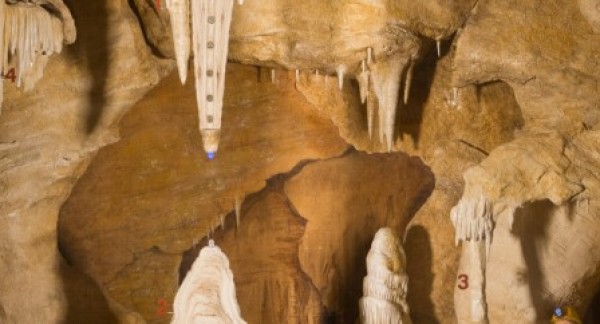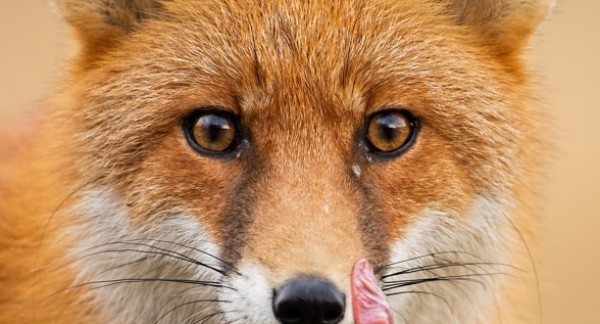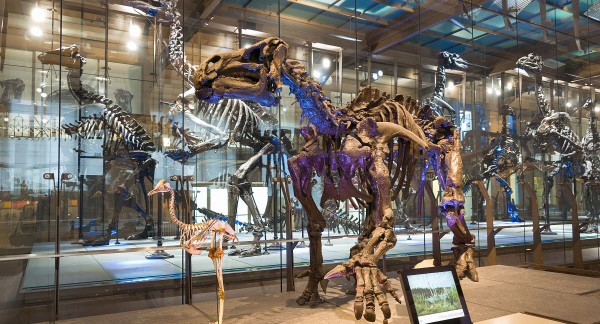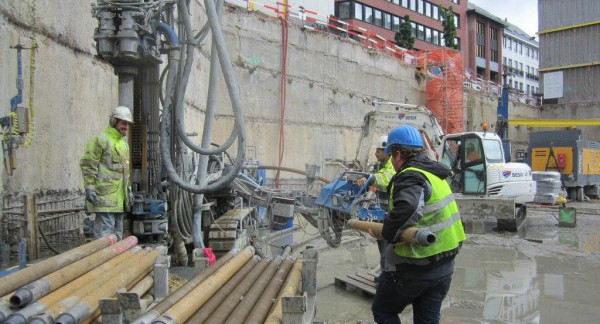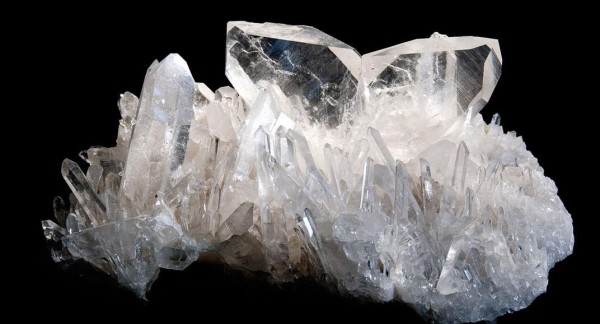
Permanent Exhibition
Mineral Hall
In 1828 crown prince William II of the Netherlands and his wife, the sister of tsar Alexander I, donated 808 Russian rocks and minerals to the Brussels Museum, the precursor of the current Institute of Natural Sciences.
These were the first pieces of our geological collection, which today contains more than 35,000 minerals (or 80% of the types known worldwide). It includes tens of thousands of twin crystals, more than 1,600 meteorites (six of which fell in Belgium), wonderful fluorescent minerals and even a very rare sample of lunar rock.
Allow yourself to delight in the splendid colours and gorgeous shapes of some of the finest pieces in our collection.
- All ages
- Approximately 1 hour
- Included in the entry ticket
- Point 8 on the map
Do not miss
Crystal Twins
Even though the radiance and color of the minerals catches our eye at first, it’s their geometric shape – often very complex – that fascinates us.
Pyrite
A Piece of the Moon
Come and see a fragment of lunar rock collected during the "Apollo 17" mission.




